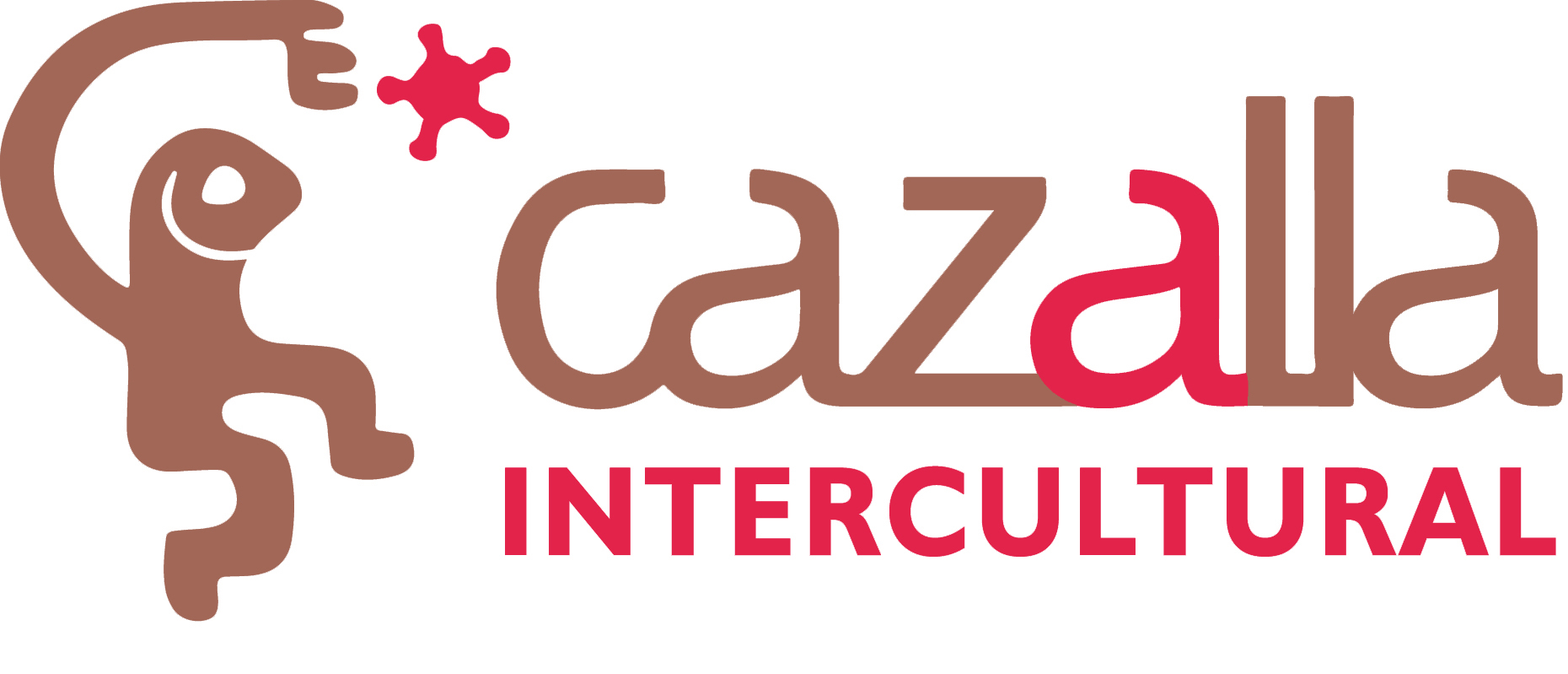![]()
Gamification isn’t only about having fun when it comes to learning and gaining knowledge. It is a far more useful tool than most people understand or give it credit for. Some people even reject the usefulness of gamification in learning and training completely. Not only does gamification and game elements in curriculum help gain the attention of students, it also helps in motivating them to learn better and remember the concepts for a longer time.
According to educational video game designer Marc Prensky “students now learn differently than students did even a generation ago” and “you can’t hold people’s attention the way you used to.”
7 reasons why should we use gamification when working with young people:
- Incorporates “want to learn” attitude
It is a common struggle for facilitators to hold attention, complete pieces of training that are more theoretical (for example, grammar lessons) or mundane and ensures that everyone has learned. This is where gamification can help change circumstances. Incorporating elements like videos, quizzes etc provide a different approach that brings an element of “wanting to learn”. Students can also play (and, replay) quizzes to learn from their own mistakes without fearing them. - Know exactly where you go wrong in the training process
- Makes learning simple, fun and rewarding
People have a natural tendency to want to improve and learn new skills, but they aren’t always sure what is the best way to achieve it. Gamification offers an impressive solution to this – by breaking up the learning process into manageable sections that the user can take in, without feeling overwhelmed, by the breadth of the subject that he is attempting to learn. And, because of this feature, gamification allows for steady improvements and a better learning experience. - Develop competitive spirit
For most people, competition is motivating and fun. Game elements like leaderboards, points, challenges, levels, badges etc are engagement strategies that encourage people to get more involved in learning, competing against each other and have a blast doing it. - Enhance confidence and retains knowledge
The general perception of training at work is sitting through a long boring lecture and people are forced to attend. This idea makes most training counterproductive since most people cannot retain information well. Gamification is a way to change that and make things not only fun but also more productive. Gabe Zichermann, the founder of Dopamine Inc, referenced a study which shows that finding a way to make work fun would increase employees’ ability to retain skills by 40%. - Reduce dependency of faculty
Gamification through apps like Playablo reduces dependency on the faculty.
• The assignments are auto corrected
• You can look at the progress of each student on the dashboard
• You can look at the scores of individual segments
Faculties don’t have to spend hours correcting assignments or wondering what their students are not understanding. The data is in front of you! - Usable in remote locations
You do not require to be online.
Gamification goes beyond just learning or rewards. It promotes a mindset of “want to learn” instead of “have to learn”. Having learners set their goals for the training and then measuring progress towards each segmented goal is the way you motivate today’s youth to take up skill development seriously and be committed to it.
![]()
La gamificación no consiste sólo en divertirse cuando se trata de aprender y adquirir conocimientos. Es una herramienta mucho más útil de lo que la mayoría de la gente entiende o cree. Algunas personas incluso rechazan completamente la utilidad de la ludificación en el aprendizaje y el entrenamiento. Los elementos de la gamificación y el juego en el plan de estudios no sólo ayudan a atraer la atención de los estudiantes, sino que también ayudan a motivarlos para que aprendan mejor y recuerden los conceptos durante más tiempo.
Según el diseñador de videojuegos educativos Marc Prensky, «los estudiantes ahora aprenden de forma diferente a como lo hacían hace una generación» y «ya no se puede mantener la atención de la gente como antes».
7 razones por las que deberíamos usar la gamificación cuando trabajamos con jóvenes:
- Incorpora la actitud de «querer aprender
Es una lucha común para los facilitadores mantener la atención, completar piezas de capacitación que son más teóricas (por ejemplo, lecciones de gramática) o mundanas y asegurar que todos hayan aprendido. Aquí es donde la gamificación puede ayudar a cambiar las circunstancias. La incorporación de elementos como vídeos, concursos, etc. proporcionan un enfoque diferente que aporta un elemento de «querer aprender». Los estudiantes también pueden jugar (y repetir) exámenes para aprender de sus propios errores sin temerles. - Saber exactamente en qué se equivoca en el proceso de capacitación
- Hace que el aprendizaje sea sencillo, divertido y gratificante
Las personas tienen una tendencia natural a querer mejorar y aprender nuevas habilidades, pero no siempre están seguras de cuál es la mejor manera de lograrlo. Gamification ofrece una solución impresionante a esto – dividiendo el proceso de aprendizaje en secciones manejables que el usuario puede asimilar, sin sentirse abrumado, por la amplitud del tema que está tratando de aprender. Y, debido a esta característica, la gamificación permite mejoras constantes y una mejor experiencia de aprendizaje. - Desarrollar el espíritu competitivo
Para la mayoría de la gente, la competencia es motivadora y divertida. Elementos del juego como tablas de clasificación, puntos, desafíos, niveles, insignias, etc. son estrategias de compromiso que animan a la gente a involucrarse más en el aprendizaje, competir entre sí y divertirse al hacerlo. - Aumentar la confianza y conservar el conocimiento
La percepción general de la formación en el trabajo se basa en una larga y aburrida conferencia y la gente se ve obligada a asistir. Esta idea hace que la mayoría de la capacitación sea contraproducente, ya que la mayoría de las personas no pueden retener bien la información. La gamificación es una manera de cambiar eso y hacer que las cosas no sólo sean divertidas sino también más productivas. Gabe Zichermann, el fundador de Dopamine Inc., hizo referencia a un estudio que muestra que encontrar una manera de hacer que el trabajo sea divertido aumentaría la capacidad de los empleados para retener habilidades en un 40%. - Reducir la dependencia del profesorado
La gamificación a través de aplicaciones como Playablo reduce la dependencia del profesorado.
– Las asignaciones se corrigen automáticamente
– Puede ver el progreso de cada estudiante en el tablero de instrumentos
– Puede ver las puntuaciones de los segmentos individuales
Las facultades no tienen que pasar horas corrigiendo tareas o preguntándose qué es lo que sus estudiantes no están entendiendo. Los datos están delante de usted! - Utilizable en lugares remoto: no es necesario estar en línea.
La gamificación va más allá del aprendizaje o de las recompensas. Promueve una mentalidad de «querer aprender» en lugar de «tener que aprender». El hecho de que los participantes establezcan sus metas para la capacitación y luego midan el progreso hacia cada meta segmentada es la manera en que usted motiva a los jóvenes de hoy en día para que tomen en serio el desarrollo de habilidades y se comprometan con él.


